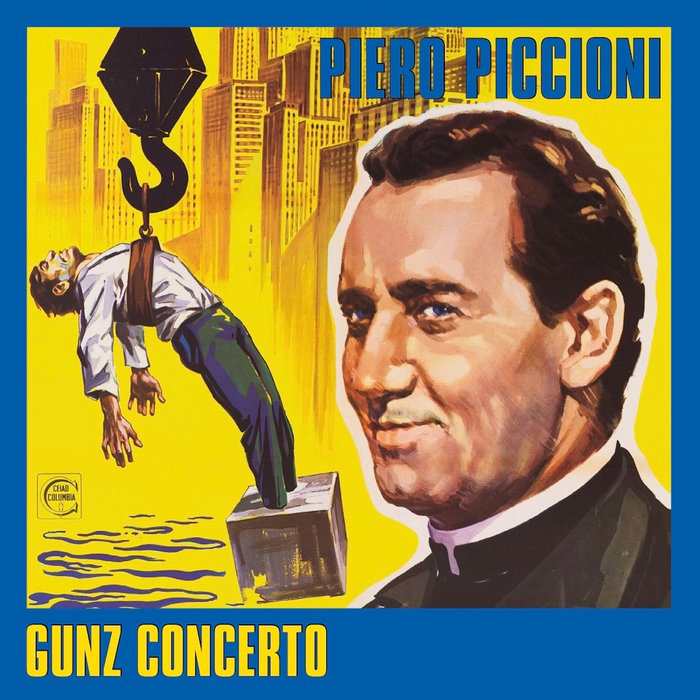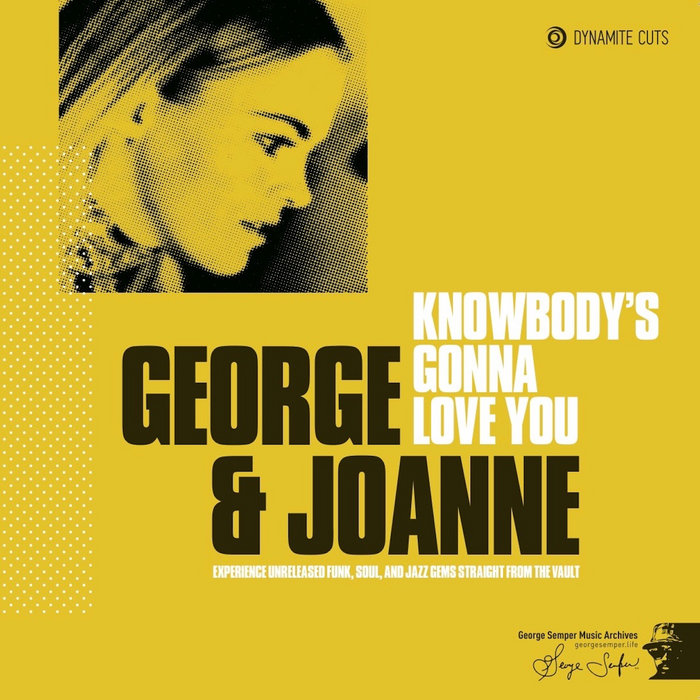
GUNZ CONCERTO (2 ) – NO DOWNLOAD VINYL ONLY PRE LISTEN EDITS – Dynamite cuts
this blog is GROOVY – check out great Soul, Funk, Jazz, Hip Hop, Bass, Breaks , Reggae, House n many more TUNES
Ah, the magic of boogie nights! Picture this: it’s the late ’70s, and disco balls are twirling while colorful lights flash across dance floors filled with people shaking their groove things. Boogie nights symbolize a vibrant era in music that brought together funk, disco, soul, and just plain ol’ good vibes. Join me as we stroll down memory lane to explore the origins of this funky genre, sprinkle in some laughter with funny facts about its iconic musicians, and celebrate what made those nights unforgettable.
Disco emerged from the underground dance clubs of New York City in the early 1970s. As folks wanted to escape reality—especially after a long day at work—the beat became an irresistible call to get up and dance. With influences from various genres like jazz, rock ‘n’ roll, Latin music, and rhythm & blues (R&B), disco quickly evolved into something special.
The term “disco” itself is derived from “discotheque,” which referred to nightclubs where DJs played records for dancing crowds. Now you know you were strutting your stuff before it was even cool!
Before disco took over mainstream culture like glitter on a dance floor outfit, there were musical pioneers laying down grooves that would pave the way for artists years later. Funk masters such as James Brown and Sly Stone infused rhythm-heavy sounds that got everyone moving.
Did you know? James Brown once said his band had so many members “they couldn’t fit into one bus!” So they rolled out two buses labeled “Funk” and “Soul” to transport them all! Talk about needing extra room for all that talent!
As boogie nights kicked off in full swing during the mid-’70s—post-Vietnam War America needed some fun—disco took center stage on both radio playlists and TV shows like Soul Train. Legendary DJs spun records by bands such as Chic (“Le Freak”), Bee Gees (“Stayin’ Alive”), Donna Summer (“Last Dance”), often making tracks last longer than actual commercials!
A little-known fact about Bee Gees: They originally started as a pop group singing soft ballads before discovering their high-pitched harmonies could work wonders on upbeat tunes! Once they jumped into disco waters (with flair!) there was no stopping them; even their family dog donned rhinestone collars just to join in on fancy parties!
If you wanted a taste of true boogie night lore back then—you simply HAD TO be at Studio 54. This legendary nightclub opened its doors in 1977 right next door to Broadway theaters; it skyrocketed to fame due not only because incredible acts performed but also thanks to wild antics behind closed doors.
Rumor has it more than one prominent personality snuck through back doors wearing disguises or borrowed clothes… including actor Jack Nicholson, who allegedly jumped into costumes every now & then claiming he liked having “fun”. Guess being famous isn’t always glam; sometimes you gotta take creative risks!
With spectacular moves à la John Travolta’s iconic performances in Saturday Night Fever, dancing became an art form unto itself! Style matters when it comes down to busting out funky steps alongside friends decked head-to-toe sequined outfits.
And speaking of style… Ever heard about Diana Ross rocking glitzy gowns while performing live? One time she wore such an extravagant dress—it ended up weighing over twenty pounds! She hilariously quipped backstage: “I’ve become my own toppling statue!” That’s diva dedication right there folks!!
Now let’s give props where props are due—to those hard-working souls behind all those catchy tunes:
Can we say experimental?!
Though disco might have dimmed by end ’80s/early ‘90s—for reasons I won’t dwell upon (hint hint clothing style changes)—its spirit continues living strong today through modern music genres like electronic dance music (EDM) paired globally famed artist Lady Gaga tickling our fancies with beats reminiscent past kings/queens nightlife glory days!
So wave your hands high while shouting praises—because boogie nights aren’t gone forever—they’re simply waiting below surface coming back hotter than ever before!! 🌟✨ Just dust off those platform shoes ladies/gents—it’s party time again—let’s make history repeat with another generation fueled groove-a-thons finally embracing heart-funky evolution began decades ago!!
In conclusion folks… Don’t forget why we love this thing called MUSIC—it brings us together under strobe lights sharing laughs feeling young regardless age!!! Stay groovy now—and keep celebrating life 🎉💃🕺

GUNZ CONCERTO (2 ) – NO DOWNLOAD VINYL ONLY PRE LISTEN EDITS – Dynamite cuts

Knowbody’s Gonna Love You (NO DIGITAL) – Dynamite cuts